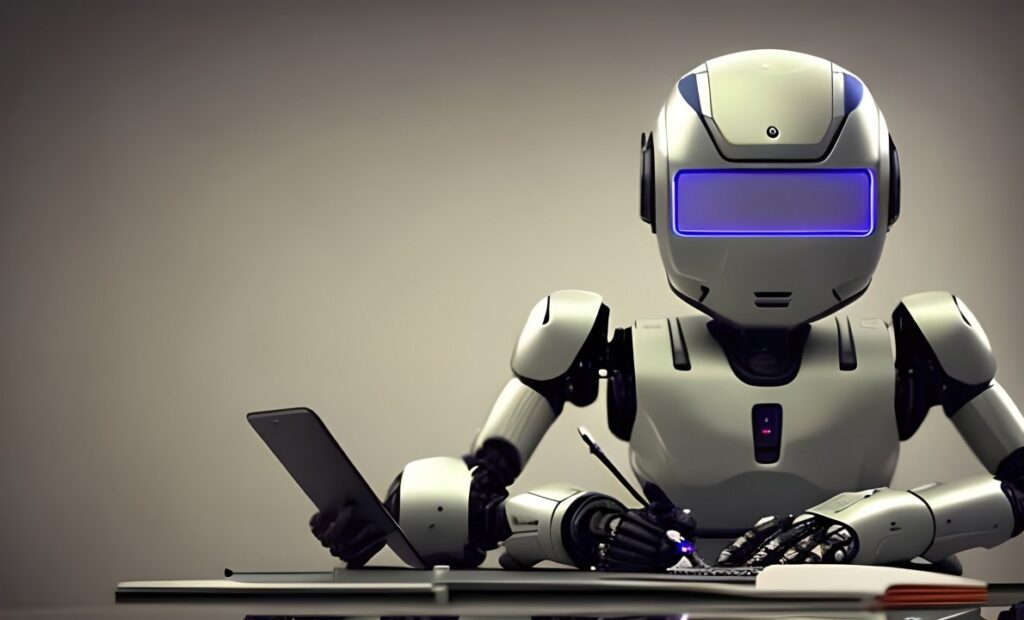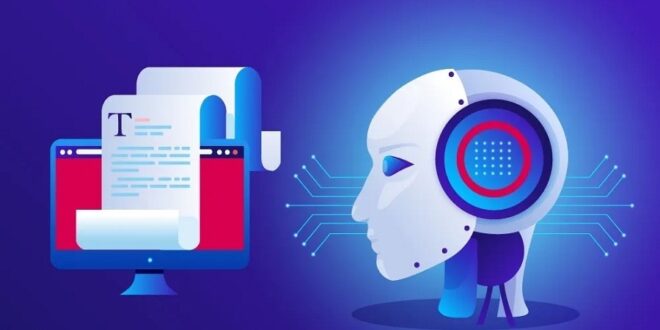In an era where technology reigns supreme, artificial intelligence stands at the forefront of a revolution in content creation. From tantalizing blog posts that captivate readers to automated news articles that report breaking stories, AIs influence is undeniable. But as algorithms churn out prose at an unprecedented pace, a crucial question lingers in the air: Is this innovation a harbinger of authenticity, or are we veering towards a landscape cluttered with imitation and artifice?
The clamor for efficiency has sparked a wave of debate among writers, marketers, and consumers alike, who ponder the implications of entrusting creativity to machines. As we navigate this uncharted territory, its vital to explore not just the mechanics of AI-generated content, but also the deeper effects it has on storytelling, originality, and the very nature of creativity itself.
Is the future of writing a bright tapestry woven from human and machine collaboration, or are we merely witnessing the rise of a synthetic narrative that risks hollowing out the essence of genuine expression?
The Rise of AI in Content Creation: A Historical Perspective

The journey of AI in content creation can be traced back to the mid-20th century when early computational models began to explore grammar and language structures. In those formative years, systems like ELIZA, designed to mimic conversation, offered a glimpse into the potential of machines to engage with text.
Fast forward to the dawn of the 21st century, where advancements in machine learning and natural language processing led to the development of more sophisticated tools, capable of generating coherent and contextually relevant content.
Today, with the rise of neural networks and deep learning, AI has transcended mere text generation; it is now capable of creating poetry, crafting news articles, and even composing intricate novels. Coupled with AI detector free tools, users can now evaluate the authenticity of such content, distinguishing between human-crafted prose and AI-generated text.
This transformative shift heralds a new era, where the interplay between human creativity and artificial intellect has begun to redefine the landscape of content creation, prompting us to question: Is this a tool for enhancement or a harbinger of artistic dilution?
Understanding AI Technologies Used in Content Creation
Understanding AI technologies used in content creation involves delving into a complex interplay of algorithms, data, and machine learning. At the heart of this evolution are neural networks, which mimic human thought patterns to generate text that can be surprisingly coherent yet structurally uniform.
These systems analyze vast amounts of data, identifying patterns and styles that allow them to produce written material on diverse topics. However, while AI can churn out articles, blogs, and even poetry at remarkable speeds, it often lacks the nuanced understanding and emotional depth that a human writer brings.
Thus, as we explore the capabilities of AI, we must consider both its efficiency and the subtleties that might get lost in translation, raising questions about authenticity and creativity in an increasingly automated world.
Machine Learning Algorithms and Content Generation

Machine learning algorithms have revolutionized the landscape of content generation, infusing creativity with computational efficiency. These sophisticated models analyze vast amounts of data, learning patterns that allow them to produce text that mimics human writing styles. Imagine a system that weaves intricate narratives, peppering in striking metaphors and vivid descriptions, only to pivot suddenly to concise statements that pack a punch.
This dynamic interplay of complexity in language and rhythm breathes life into automated content, with algorithms capable of generating everything from engaging blog posts to captivating movie scripts. However, the question remains: as machines enhance their writing prowess, do they capture the essence of human thought and emotion, or merely replicate the forms we’ve left behind?
As we delve into the potential of these AI-driven innovations, we must ponder whether they serve as faithful companions in our creative endeavors or as mere tools devoid of true artistic spirit.
Conclusion
In conclusion, the integration of AI into content creation signifies a transformative shift in the landscape of media and communication. While concerns about authenticity loom large, it is essential to recognize that AI is not merely a tool for deception but a powerful ally that enhances creativity, efficiency, and accessibility.
As we navigate this new era of content production, the challenge lies in discerning genuine creativity from automated output—prompting the emergence of tools like AI detector free software to help maintain integrity in our digital narratives.
Ultimately, by embracing AI responsibly, we can harness its potential to redefine our understanding of authenticity, ensuring that the future of content creation is both innovative and trustworthy.
 HQ Grande Prairie HQ Grandie Prairie is an online news portal aimed at providing latest day to day happenings of the World to its viewers.
HQ Grande Prairie HQ Grandie Prairie is an online news portal aimed at providing latest day to day happenings of the World to its viewers.

